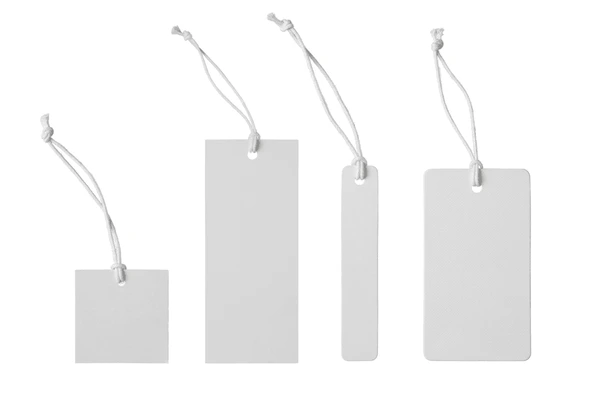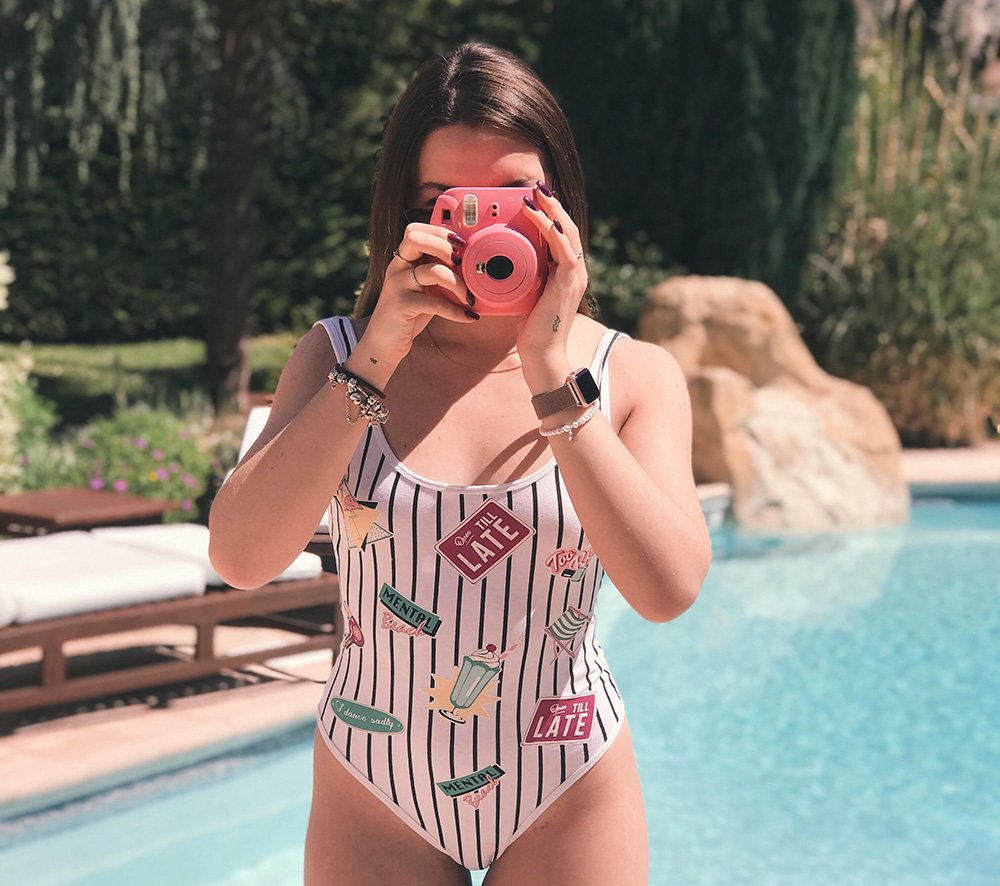The global swimwear market has been expanding rapidly, with new brands entering every year. Entrepreneurs and boutique owners are increasingly exploring private label swimwear and white label swimwear as ways to start or grow their businesses.
Yet, many founders struggle to understand the difference between these two models.
In this guide, we’ll break down the differences between private label and white label swimwear, compare their pros and cons, and provide a practical framework to help you decide. This is your complete swimwear brand startup guide to entering the market with confidence.
What is White Label Swimwear?

White label swimwear refers to pre-designed, mass-produced collections that a manufacturer creates and sells to multiple retailers. These swimwear designs are generic but can be rebranded with your logo, hang tags, and packaging.
For instance, if a manufacturer offers a collection of ready-made bikinis or one-pieces, you can buy them in bulk, apply your own labels, and sell them under your store’s brand name.
✅ Pros of White Label Swimwear
- Low Upfront Investment: There is no need for a large budget or a design team.
- Fast Time-to-Market: The products are ready-made and can be delivered in weeks.
- Low Risk: It is excellent for testing the market or launching a seasonal collection.
❌ Cons of White Label Swimwear
- No Exclusivity: Other retailers may be selling the exact same designs.
- Limited Customization: Only minor branding changes are possible.
- Weak Brand Differentiation: It is harder to stand out in the crowded swimwear market.
White label is often a great fit for boutiques, online stores, and small retailers who want to start selling swimwear quickly without investing in full-scale design and production.
What is Private Label Swimwear?

Private label swimwear provides brands with greater control over their products.
While a manufacturer may offer base designs, you can customize the fabric, colors, prints, trims, and even the packaging.
This method creates a product line that is exclusive to your brand.
For example, if you want to launch a signature swimwear collection featuring tropical prints, eco-friendly fabrics, and your brand logo embroidered inside the lining, private label manufacturing can make that happen.
✅ Pros of Private Label Swimwear
- Brand Exclusivity: Your swimwear designs are unique to you.
- Higher Perceived Value: Unique designs allow for premium pricing.
- Flexible Customization: You have options for fabrics, cuts, accessories, and packaging.
❌ Cons of Private Label Swimwear
- Higher Initial Costs: It requires more investment than white label.
- Longer Production Time: Sampling and mass production can take 4-8 weeks.
- Requires a Stronger Brand Vision: It works best if you have a clear understanding of your target audience.
Private label is ideal for brands that want to stand out, build long-term recognition, and scale into larger markets.
Private Label vs. White Label Swimwear: Key Differences
To make the distinction clearer, here’s a comparison table highlighting the main differences:
| Factor | White Label Swimwear | Private Label Swimwear |
|---|---|---|
| Customization | Very limited | High (fabric, design, packaging) |
| Exclusivity | Shared with others | Exclusive to your brand |
| Cost | Lower upfront | Higher investment |
| Speed to Market | 1–2 weeks | 4–8 weeks |
| Brand Identity | Generic | Strong, unique |
| Best For | Small shops, testing ideas | Growing brands, long-term vision |
This side-by-side look at private label vs white label swimwear shows why many startups begin with white label for speed and affordability, then transition to private label as their brand grows.
Which Option is Best for Your Swimwear Brand?
The right choice depends on your business stage and goals:
- Startups or Boutiques: If you want to test the waters with minimal investment, white label may be the best option. It is an affordable entry point for online stores or seasonal sellers.
- Growing Brands: If you are ready to build a strong identity and establish customer loyalty, private label swimwear offers the exclusivity and design freedom you need.
Think of white label as a fast-entry strategy and private label as a long-term growth model.
Swimwear Brand Startup Guide: Practical Steps

If you are just starting, here is a simplified roadmap for launching your swimwear line:
- Research Your Target Market: Determine which styles (bikinis, one-pieces, rash guards) will resonate with your audience.
- Choose Your Model: Select white label for speed or private label for differentiation.
- Find a Trusted Supplier: Look for an OEM or ODM swimwear manufacturer with experience, low MOQs, and sustainable material options.
- Develop Samples: Test the quality, fit, and fabric options before placing a bulk order.
- Build Your Brand Identity: Invest in unique packaging, social media presence, and storytelling.
- Launch and Test: Start with a small collection to test demand before expanding.
- Scale with Custom Production: Once you know what sells, expand into exclusive designs to strengthen your brand.
Industry Trends for 2025 and Beyond
The swimwear industry is constantly evolving, and staying ahead of trends can give your brand an edge:
- Sustainable Fabrics: Recycled nylon and polyester (rPET) are becoming standard in custom swimwear production.
- Digital Printing: This allows for unique, small-batch collections with vibrant colors and patterns.
- Inclusive Designs: Size-inclusive and performance-driven swimwear are in high demand.
These shifts benefit both private and white label businesses, making it easier for new brands to enter the market.
Conclusion
Choosing between private label and white label swimwear is about more than just cost or speed—it’s about shaping the kind of brand you want to build. While white label gives you a fast, low-effort entry into the market, private label lets you develop a distinctive identity that customers truly remember.
If you’re still weighing your options, the smartest move is to consult with a swimwear manufacturer who understands both models and can guide you toward the best fit for your goals.
At Joybikini, we are recognized as a leading private label swimwear manufacturer in China. With over 12 years of industry experience, we specialize in helping brands design, produce, and launch swimwear collections that stand out for their quality, style, and market appeal.
Frequently Asked Questions (FAQ)
Q1: Is private label swimwear more expensive than white label?
Yes. Private label requires customization, unique fabrics, and exclusive designs, which naturally increases costs compared to the ready-made options of white label.
Q2: Can I start a swimwear brand with white label products and then switch to private label?
Absolutely. Many brands start with white label to test the market and then move into private label after building demand and brand recognition.
Q3: What are the Minimum Order Quantities (MOQs) for private label swimwear?
This varies by supplier, but many swimwear manufacturers now offer low MOQs (as low as 50 pieces per style), making private label accessible for startups.
Q4: Which option is better for long-term growth?
Private label is generally better for building a sustainable brand because it gives you exclusivity and stronger differentiation.
Q5: How do I choose between private label and white label swimwear?
Ask yourself: Do you want to launch quickly with minimal investment (white label), or do you want to build a unique identity with custom designs (private label)? The answer depends on your timeline, budget, and brand vision.
